1. Dunkaroos
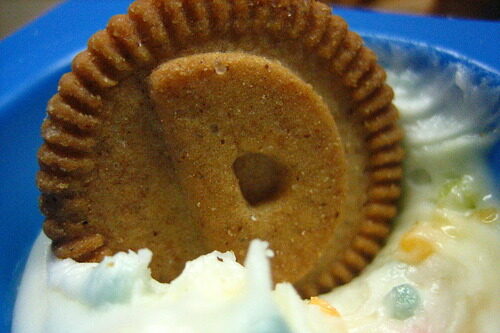
When you opened a pack of Dunkaroos, you weren’t just getting cookies, you were getting an excuse to eat frosting by the spoonful. The tiny kangaroo-shaped cookies were fun, but the real star was the neon-colored tub of sugary icing they came with. Kids would pile on way more frosting than the cookie could handle, leaving little left in the cup. By the end, most of us were just licking the container clean.
Today, that much sugar in one small snack would raise eyebrows from any nutritionist. With artificial colors, sky-high sugar content, and zero nutritional value, it’s no wonder health standards would frown. But back then, it was just a lunchbox highlight. Looking back, it feels more like dessert disguised as a snack than anything close to healthy.
2. Pop-Tarts
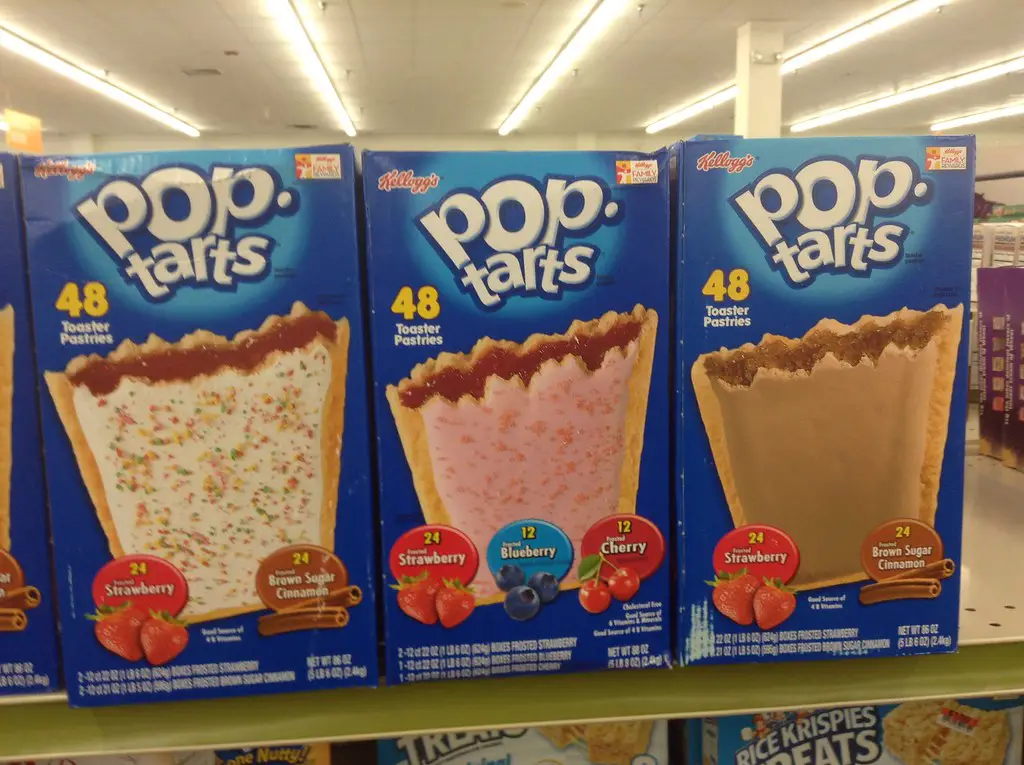
Pop-Tarts were marketed as breakfast, but let’s be real, they were basically candy bars in pastry form. With a thin crust, gooey filling, and sometimes icing on top, they were the kind of thing you scarfed down before school. If you were in a rush, you didn’t even bother to toast them, just ate them cold straight from the foil packet.
But these sugary pastries wouldn’t slide by today without warnings. They’re loaded with refined flour, corn syrup, and dyes that make them look appealing but don’t do your body any favors. Parents might have called them a quick breakfast, but modern health codes would call them dessert. It’s wild to think something that sweet passed as a morning meal.
3. Jell-O Pudding Pops
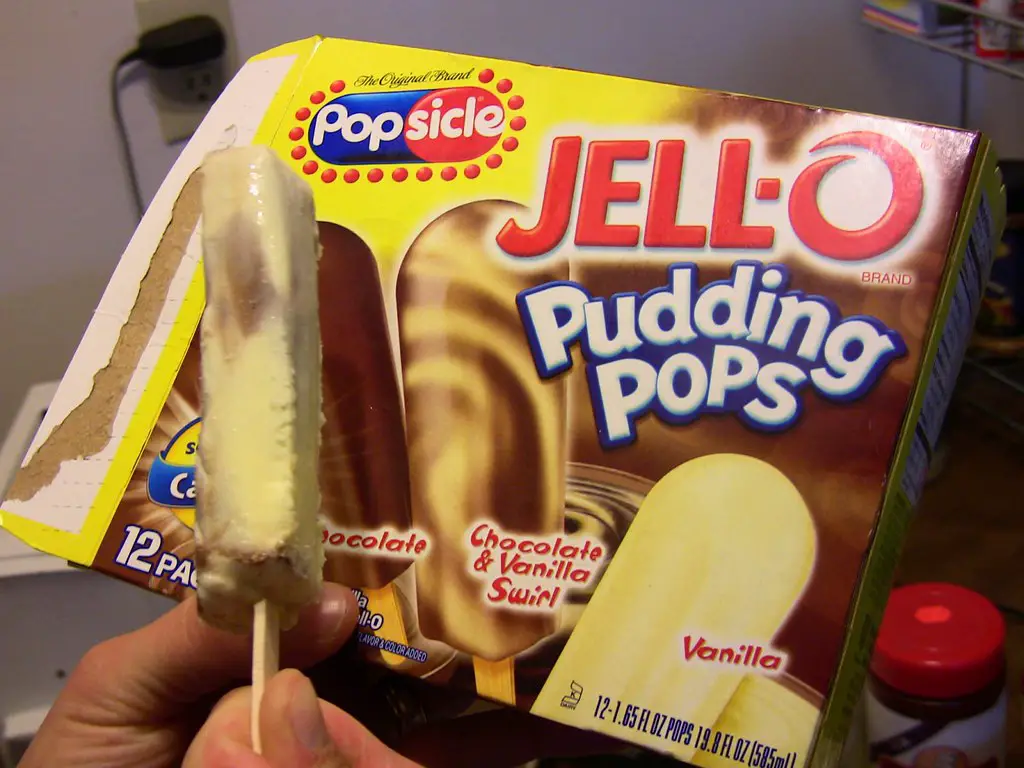
These frozen treats were the ultimate cool-down on a hot summer day. Creamy and sweet, they felt like a cross between ice cream and pudding, with Bill Cosby once smiling from every commercial. They were the kind of treat that melted too fast if you didn’t eat quickly, leaving sticky fingers and stained shirts.
Looking back, Pudding Pops were packed with artificial flavors and enough sugar to make anyone bounce off the walls. The ingredient list was long, and not much of it was recognizable to the average parent. If inspected under today’s health standards, they’d get flagged for additives and questionable nutrition. Still, they were unforgettable for the taste alone.
4. Hostess Twinkies
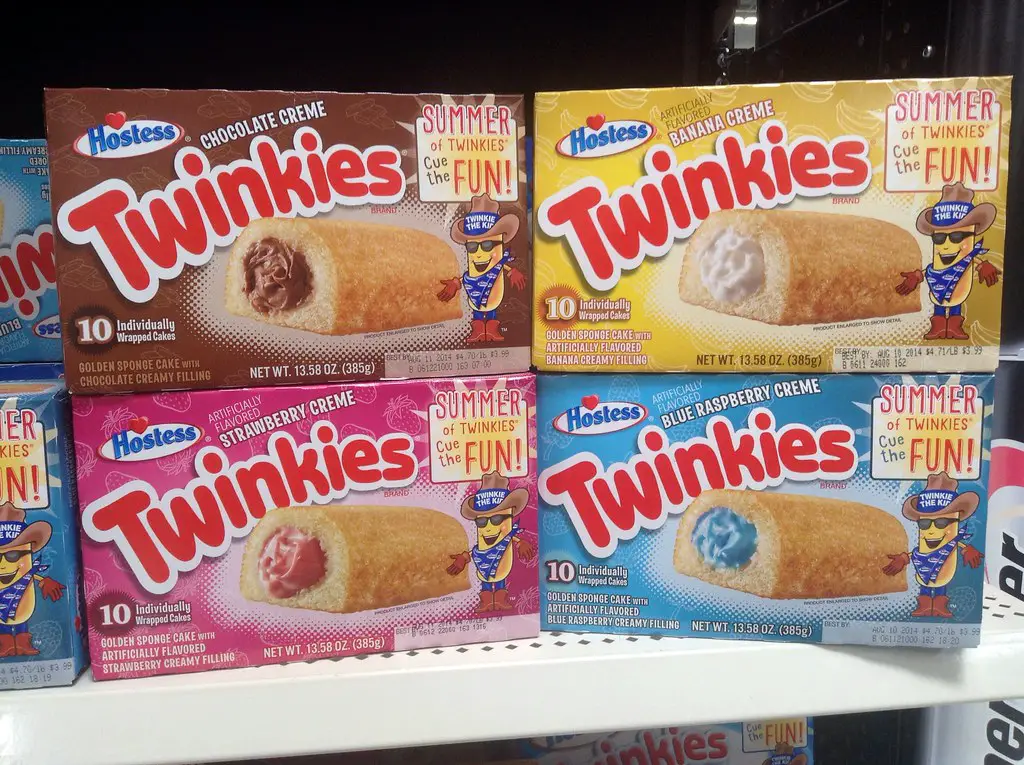
Few snacks are as iconic as the Twinkie, with its golden sponge cake and creamy filling. Kids devoured them at lunch, and there were even jokes that Twinkies could survive a nuclear blast. They were fun, squishy, and the perfect sugar rush to power through the afternoon.
But Twinkies are far from wholesome. Loaded with preservatives, hydrogenated oils, and sugar, they were practically a chemistry experiment wrapped in plastic. In today’s world of ingredient transparency, they wouldn’t hold up well. Still, for many, they’re a sweet reminder of carefree childhood snacking.
5. Fun Dip
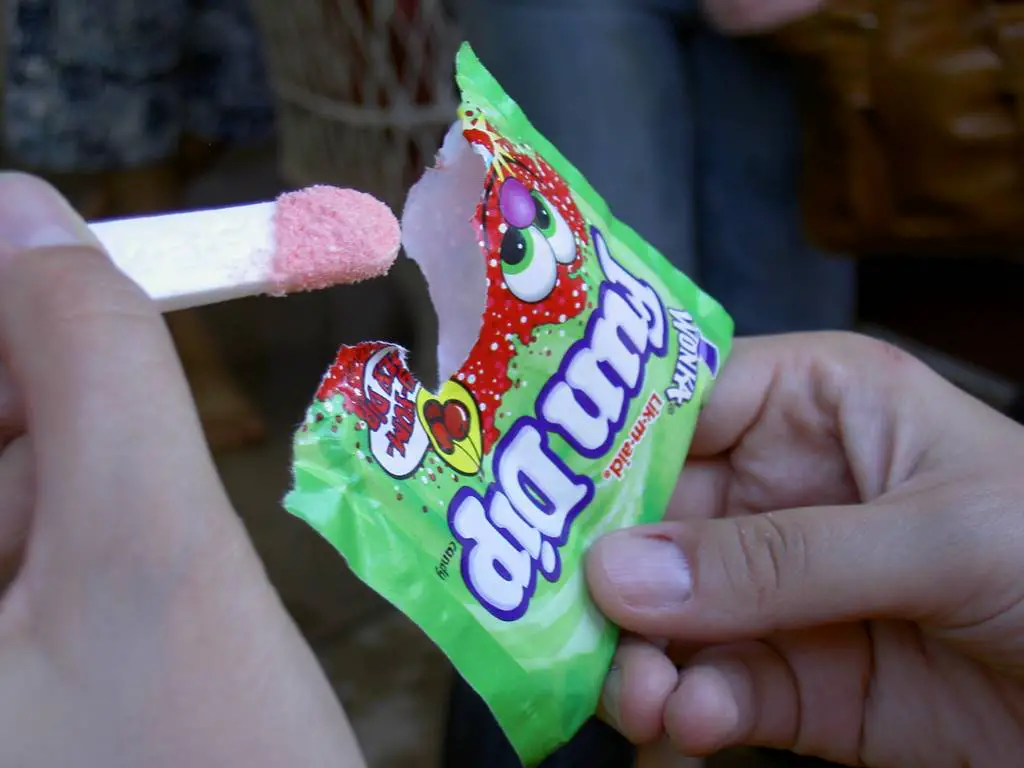
Opening a packet of Fun Dip meant you were about to eat straight-up flavored sugar. You’d lick the chalky candy stick, dunk it in the powdered sugar, and repeat until your tongue turned bright blue or green. The ritual was half the fun, and kids traded sticks on the playground like they were gold.
Health inspectors today would take one look and shake their heads. Pure sugar, artificial coloring, and no nutritional value would be enough to keep Fun Dip off shelves. It’s basically a crash in a pouch, followed by an inevitable sugar slump. But at the time, no one cared about labels, only how many packets you could stash in your backpack.
6. Kool-Aid Bursts
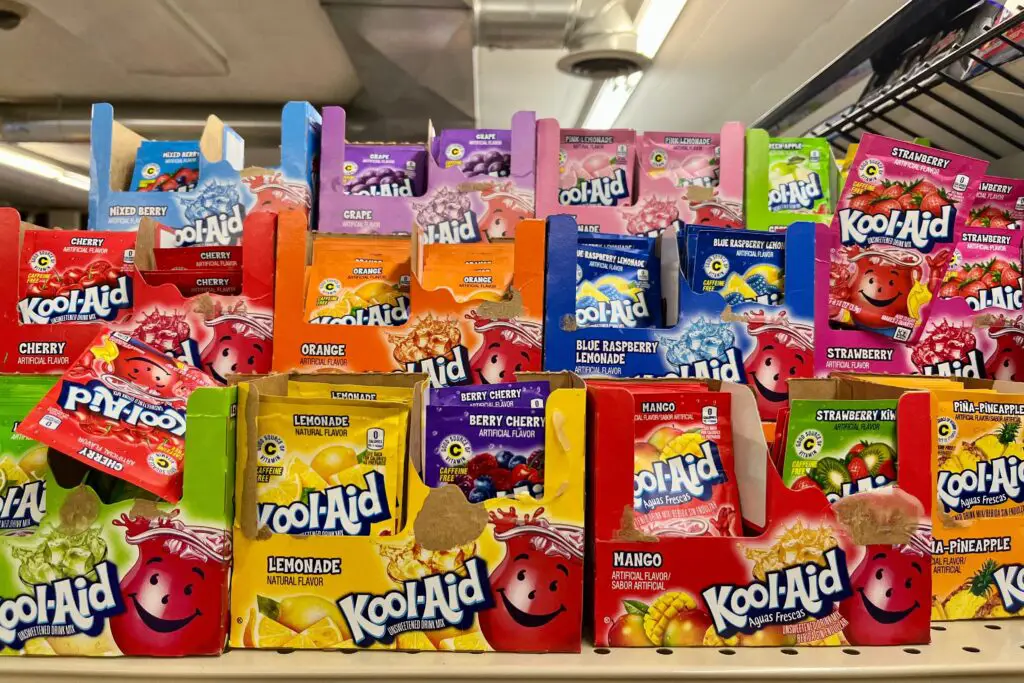
Those twist-top plastic bottles of Kool-Aid Bursts were practically liquid candy. The brightly colored drinks came in electric blue, red, and purple, with names that sounded like extreme sports events. They weren’t exactly hydrating, but they sure made you the coolest kid at lunch if you had one.
Nowadays, with all the scrutiny on sugary drinks, these would never fly. Packed with high-fructose corn syrup and dyes, they were more chemical cocktail than juice. Parents today would be horrified at how much sugar one little bottle packed. But to kids in the ’90s, it was liquid joy.
7. Little Debbie Zebra Cakes
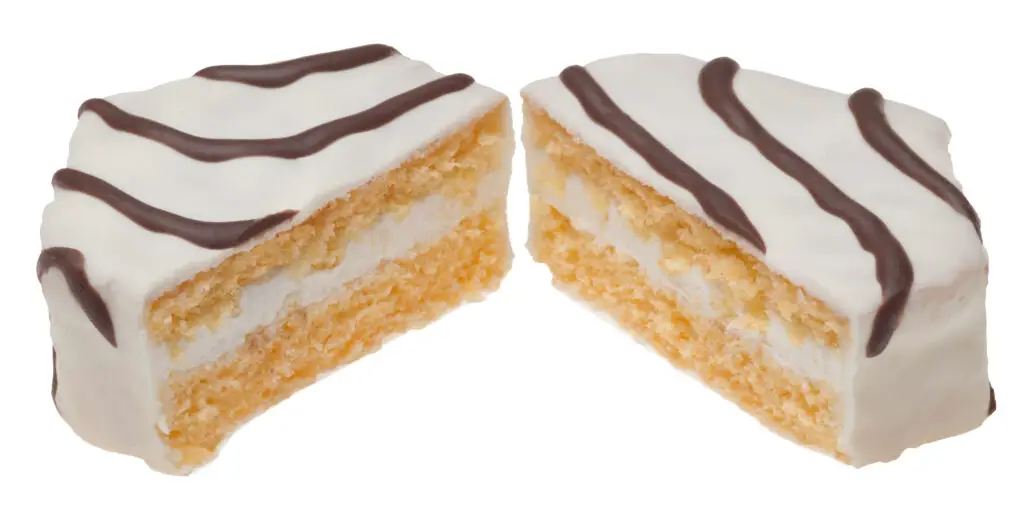
These snack cakes were a lunchbox classic, with layers of vanilla cake, cream filling, and striped icing. They looked fun and tasted even better, especially if you peeled the icing off first. The portion sizes always felt generous, making them easy to share with friends—or keep all to yourself.
But Zebra Cakes are basically sugar and fat in disguise. With trans fats, corn syrup, and preservatives, they’re a snack that would get side-eyed by modern standards. Health codes would not be kind to that much processed sweetness in one package. Still, they remain a nostalgic indulgence many people still secretly crave.
8. Fruit Roll-Ups
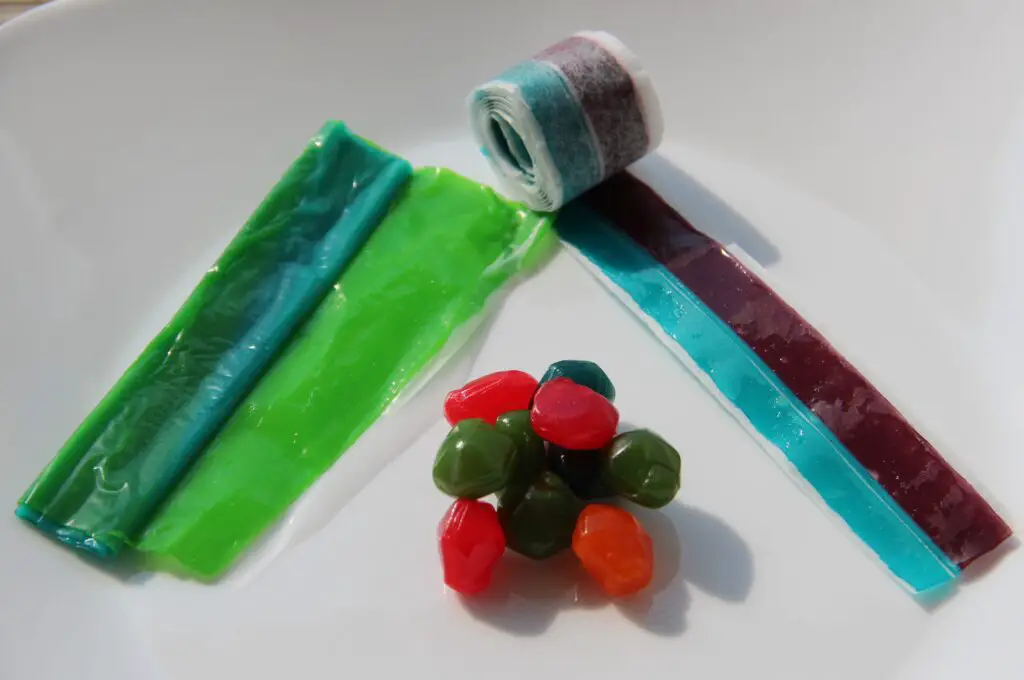
Fruit Roll-Ups gave kids the chance to play with their food before eating it. They came in bright colors with little punch-out shapes, and kids loved stretching them into sticky ropes. Parents probably felt better buying them because the word “fruit” was on the label.
In reality, these were closer to candy than fruit. Packed with sugar, dyes, and barely a hint of actual fruit juice, they wouldn’t pass any modern “healthy snack” test. Nutritionists today would argue they’re basically just fruit-flavored taffy. Still, they were an after-school favorite for kids who didn’t mind sticky hands.
9. Planters Cheez Balls
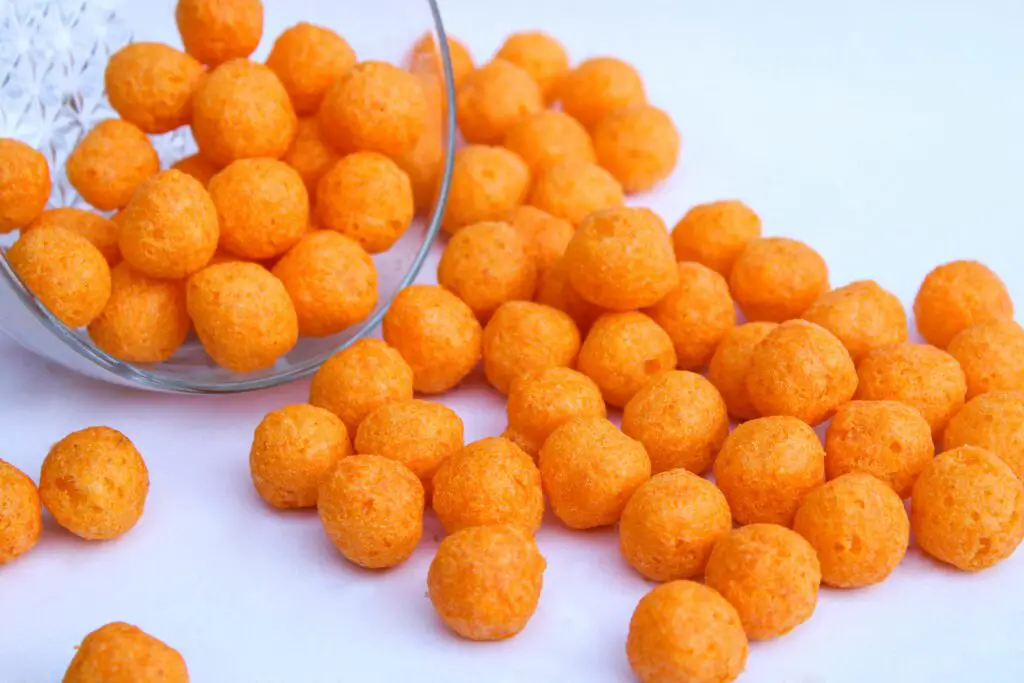
Those bright orange puffs came in a blue canister that disappeared way too fast. Cheez Balls weren’t just crunchy, they were addictive, leaving neon dust all over your fingers. Half the fun was licking that powder off once the can was empty.
But nutritionally, they were a nightmare. Filled with artificial flavors, food dyes, and sodium, they weren’t anywhere close to wholesome. Health codes today would likely demand warning labels for that much salt and artificial coloring. Yet nothing quite compared to the fun of cracking open a can at a sleepover.
10. Capri Sun
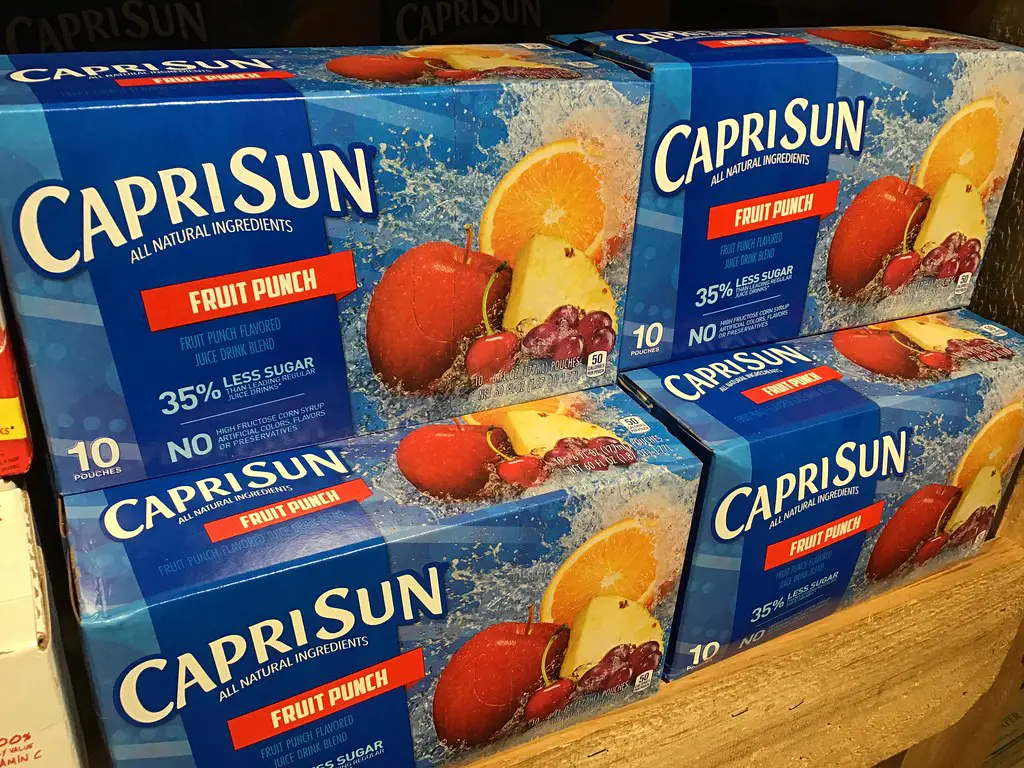
Every kid knew the struggle of trying to poke the straw into a Capri Sun pouch without spilling half the drink. Once you got it right, though, the reward was a sweet, tangy sip of flavored juice. The silver pouches looked futuristic and made you feel like you were drinking something special.
But these pouches were mostly sugar water with a splash of fruit concentrate. Today’s health codes would point to the high sugar and lack of real nutrition. Not to mention the environmental nightmare of those non-recyclable pouches. Still, Capri Sun was the ultimate on-the-go drink for a generation.
11. Gushers
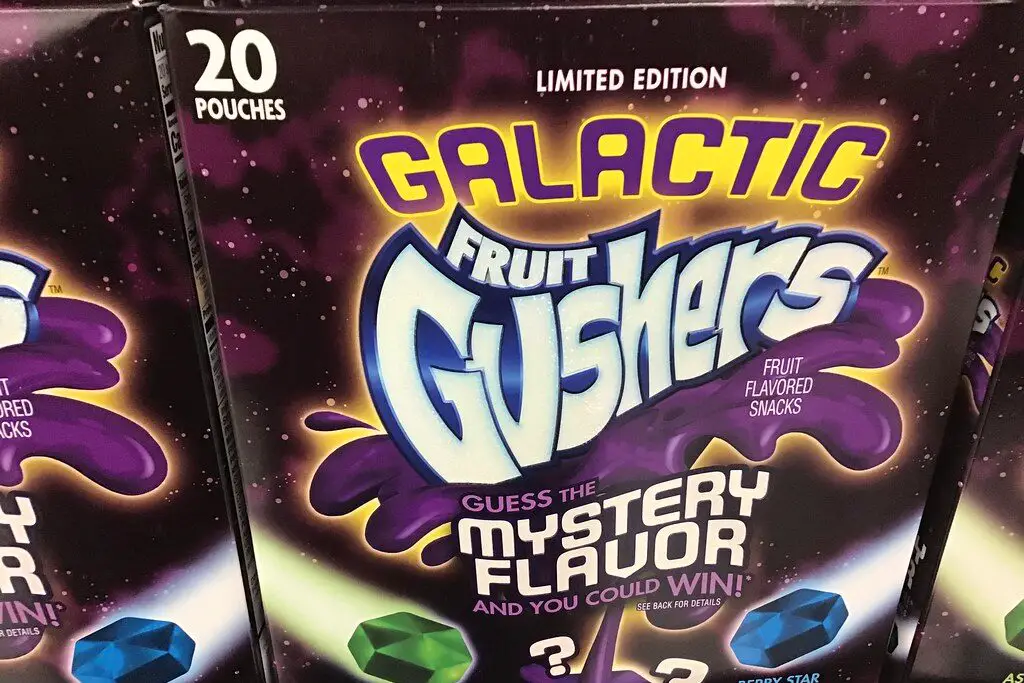
Fruit Gushers were unlike anything else, with chewy outsides and liquid centers that oozed out with each bite. Kids loved comparing which flavor they got in the mixed packs, and some even squished them together for bizarre flavor experiments. They felt like the future of candy when they first came out.
But health codes would raise red flags for these snacks instantly. Between the artificial flavors, dyes, and high sugar, they were far from healthy. Nutrition aside, the gooey texture was messy and sometimes questionable. Still, they hold a spot in snack history as one of the most memorable treats.
12. Pixy Stix
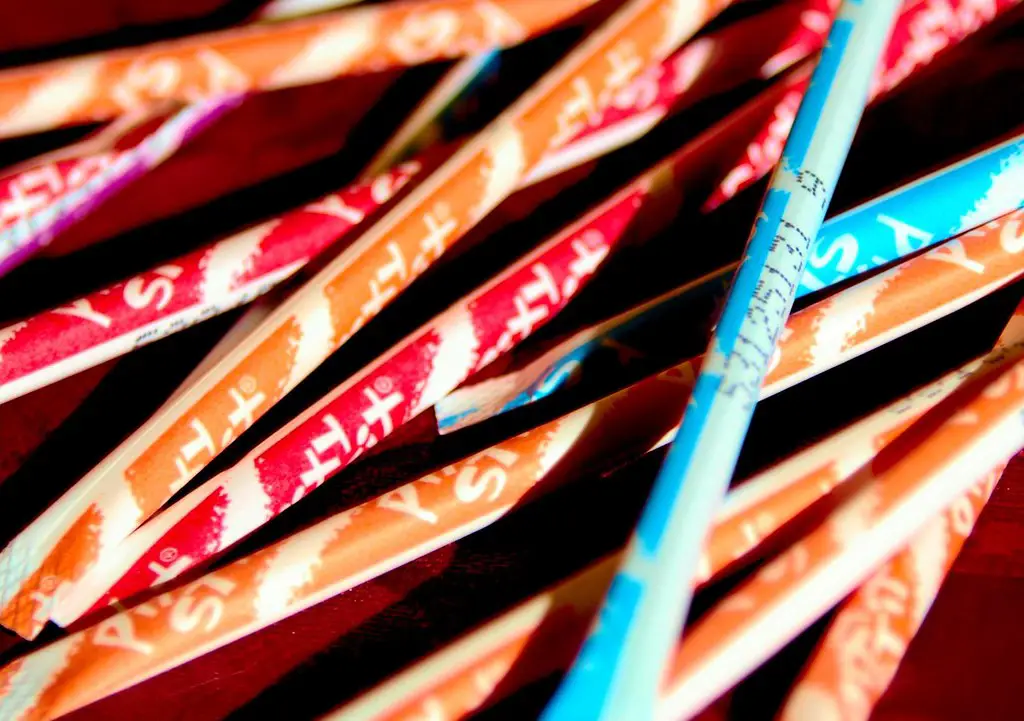
Pixy Stix took the idea of candy and stripped it down to its most basic form: flavored sugar in a straw. Kids would tear the top and pour the powder straight into their mouths, giggling as their tongues turned bright colors. It was messy, it was silly, and it was pure joy for a sugar-loving kid.
Today, these would never make it past health inspectors. They’re literally nothing but sugar and dyes, with zero nutritional value. If kids ate them in school today, teachers might stage an intervention. But back then, Pixy Stix were just another way to turn snack time into a sugar-fueled adventure.
